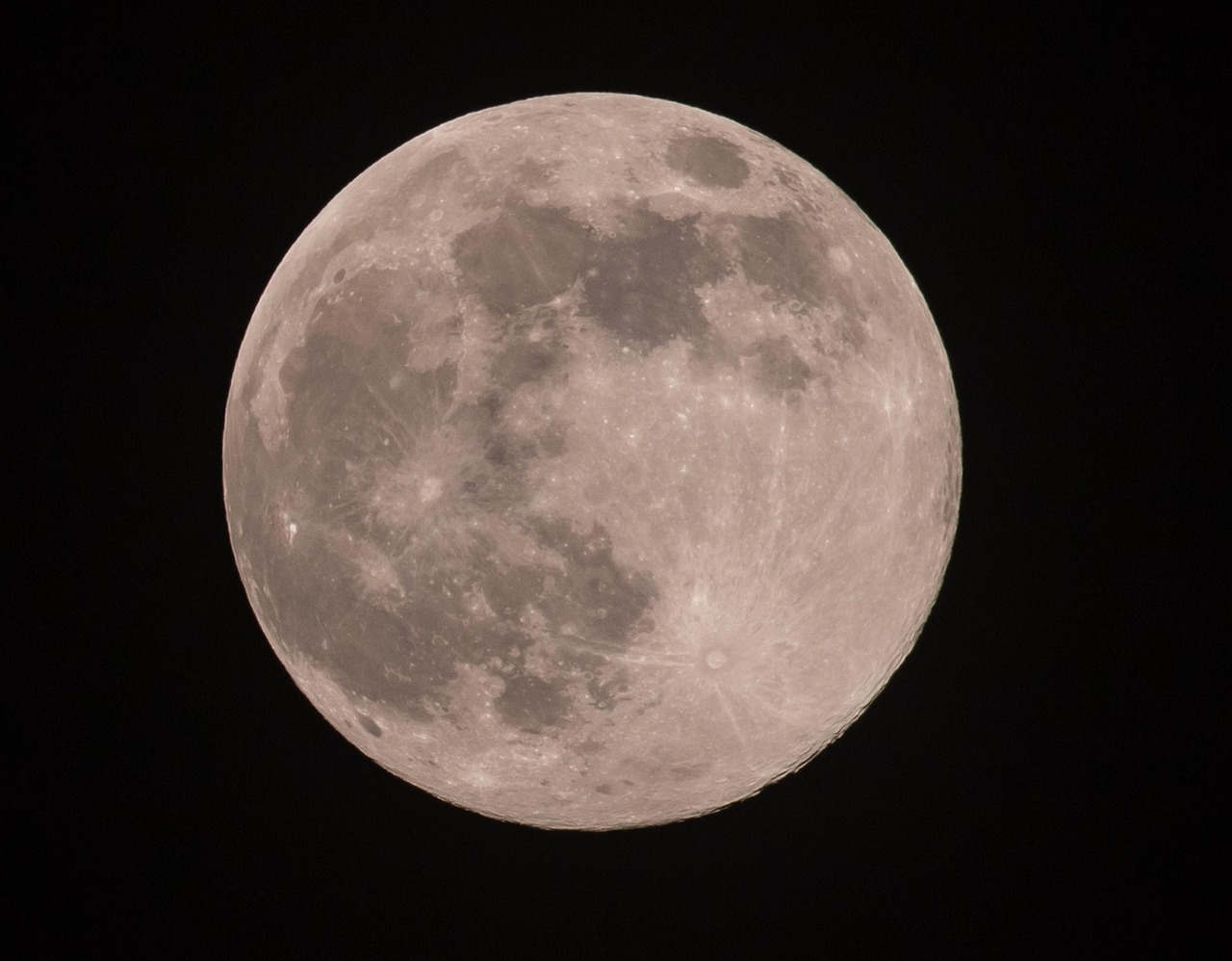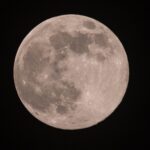
April’s Pink Micromoon: A Celestial Spectacle with Spiritual Significance
Skywatchers, take note: the evening of Saturday, April 12, will offer a celestial show worth pausing for. April’s full moon — commonly referred to as the Pink Moon — will rise with subtle brilliance, marking not only a seasonal transition but also a spiritual waypoint in the year. Despite its name, the Pink Moon won’t display any rosy hues. Instead, its moniker comes from the bloom of wild ground phlox, one of the earliest widespread flowers of spring in North America.
This month’s lunar event also carries another distinction: it’s the smallest full moon of 2025, earning it the title of a “micromoon.” Occurring near the Moon’s apogee — the point in its orbit farthest from Earth — it will appear slightly smaller and dimmer than usual. While the difference may be hard to spot with the naked eye, seasoned lunar observers might notice its slightly more distant presence in the night sky.
The full moon will reach peak illumination at 8:22 p.m. EDT (0022 GMT on April 13). Local moonrise times will vary by location, so those eager to catch the moon’s ascent should check local astronomical calendars or use a moonrise calculator.
More Than Just a Moon: The Paschal Connection
This Pink Moon holds special significance beyond its astronomical appeal. In Christian tradition, it is also known as the Paschal Moon — the full moon that determines the date of Easter Sunday, which falls on the first Sunday after the first full moon following the vernal equinox. In 2025, that makes Easter fall on April 20.
“This year’s Paschal Moon is on April 13, aligning perfectly with the Pink Moon,” explains Catherine [last name], a cultural astronomy specialist. “So when it rises on Saturday night, it also marks a countdown — just seven days until Easter.”
Spica Joins the Scene
What makes this micromoon even more visually interesting is its close encounter with Spica, the brightest star in the Virgo constellation. From North America, Spica will appear to the left or upper-left of the Moon. In South America, some lucky observers may even witness the Moon occult Spica — a rare moment when the star temporarily disappears behind the Moon’s limb.
In Europe, the best view will be on the evening of Sunday, April 13, when Spica appears to the lower left of the Moon, which will already be visible by dusk.
How to Capture the Micromoon Like a Pro
Photographing the moon can be surprisingly approachable. For DSLR or mirrorless camera users, using a tripod is key. A telephoto lens (200mm or more) can help capture the Moon’s detail. Recommended manual settings: ISO 100–400, aperture f/8 to f/11, and shutter speed between 1/125 and 1/250 seconds. Framing the Moon with foreground elements — like a skyline, tree, or monument — adds scale and context.
Smartphone users can make use of night mode or a third-party manual camera app to adjust settings. The golden moment is often just after moonrise, when the sky still holds twilight hues and the Moon appears larger near the horizon — an optical illusion known as the Moon illusion.
What Comes Next?
After April’s micro moon fades, the next full moon will rise on May 12, 2025 — known as the Flower Moon, another poetic nod to nature’s calendar. Whether you’re in it for the science, the photography, or the tradition, April’s Pink Moon promises to be a quiet but beautiful reminder of both astronomical and cultural rhythms.




